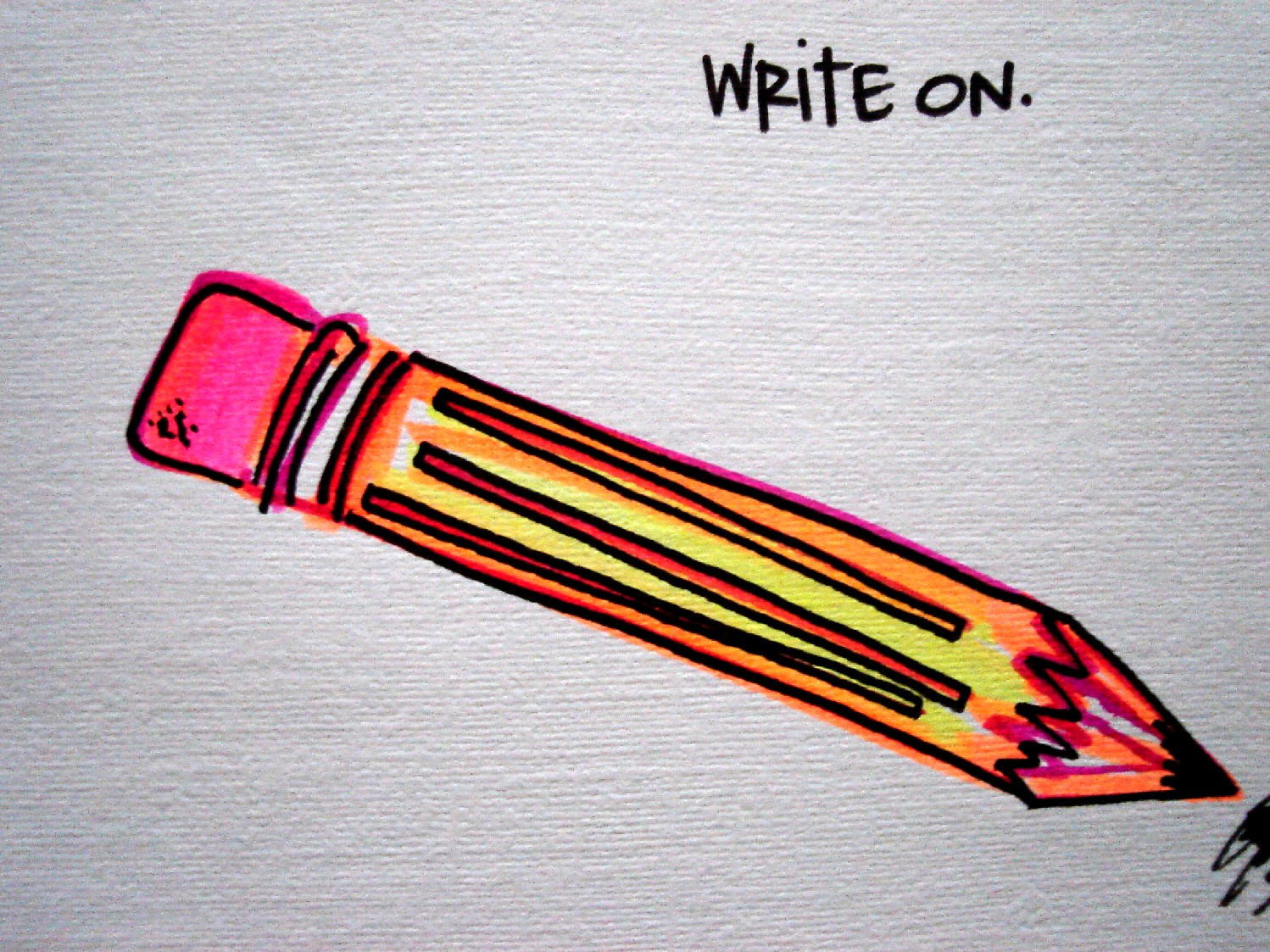By Nora Lessersohn, Ph.D.
In the first part of our two-part look at tackling the personal statement, we discussed the brainstorming process. If you haven’t read that yet, check it out here.
In this post, we will talk about what to do once you’ve found a topic for your essay.
Whether you’ve done some freewriting as a part of your brainstorming process, or are still staring nervously at a blank white screen, this post will help you craft your story.
All you need to do is remember the acronym: R.I.S.E. — Read. Identify. Structure. Edit.
Read – I know, I know. This post is supposed to be about writing. But believe it or not, one of the best ways to start writing is by reading good writing. You should certainly read examples of good personal statements — that will give you a sense of the genre and what kind of piece you need to write. But also read good novels, good essays, good articles in The New York Times. Read a chapter of the best book your mom or dad or English teacher read this year. Like magic, reading the good writing of others will make your writing easier (and ultimately better!).
Identify – While the brainstorming process is intensely personal — and will reveal to you your innermost values and defining firsthand experiences — in the end, you’ll realize that the topic you have landed on will likely fall into one of three general categories: Personal Challenges, Personal Growth, or Personal Identity. When you are ready to start writing seriously, identify which category best fits your story, so you can figure out exactly what to include in your piece (see: Structure).
Essays about a Personal Challenge cover topics ranging from a medical condition to a moral dilemma to the death of loved one. These essays can be powerful tools for showing admissions committees that you’ve overcome an obstacle and are stronger and more capable for having done so.
Essays about Personal Growth speak to any experience, encounter, or realization that made you wiser or more mature. Growth can come from big changes, like moving across the world, or small tasks, like having to walk the dog. We had one student who wrote a great essay about a period of growth spurred by a simple haircut!
Essays about a Personal Identity address an aspect of yourself that you feel is central to who you are. Whether you represent this identity with an object (say, your favorite shoes) or a cuisine (perhaps, your grandmother’s lasagna) or a textual collage (maybe, anecdotes about your diverse cultural heritage), these essays can show off the interesting perspectives and experiences you will bring to campus.
Structure – Just as there are common essay categories, there are also common essay structures. This isn’t to say that there is a simple formula or by-the-numbers approach to writing the personal statement. Rather, depending on your category, there are certain elements you should make sure to include in your piece.
In simplest terms, Personal Challenge and Personal Growth essays should include:
A description of the challenge or the experience that induced growth
A synopsis of how you responded to the challenge or experience
A demonstration of what you learned from this challenge or experience, and how it led to positive growth
Personal Identity essays, on the other hand, can either be narrated as a single story, or a collection of related stories. For example, a piece on your family values may dramatize a single act of helping your mom, while an essay on competing cultural influences could include three stories from three separate countries. Whichever structure works best for your personal identity statement, make sure to draw a positive conclusion, in some form, about who you are and why.
Edit – Your first draft is only the beginning. Once you’ve written a solid draft, leave it overnight and return to it the next day with fresh eyes. Review it. Revise it. Repeat. Repeat. Repeat. When you feel ready, you can show it to someone you trust. Maybe they can point out sentences that are unclear, or ask perceptive questions that will help you dig deeper.
How will you know when you’re done? You won’t, really. No piece of writing (even the most famous book you can think of) is ever really “finished.” Your personal statement, likewise, will never be perfect, or “correct.” But the most compelling essays—the essays that will make admissions committees take notice—will sound like you, even if this sometimes means awkward, casual phrasing. In fact, it is this sort of regular-person, friendly language that will make your personal statement (and thus you!) as charming as can be. Don’t let anyone edit you into sounding like someone you are not. Instead, R.I.S.E. up and write down the best, most authentic version of yourself.

Comments are closed.